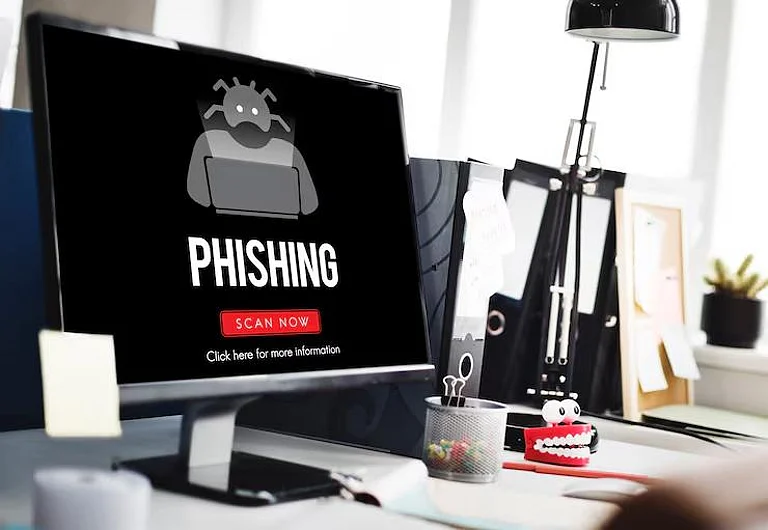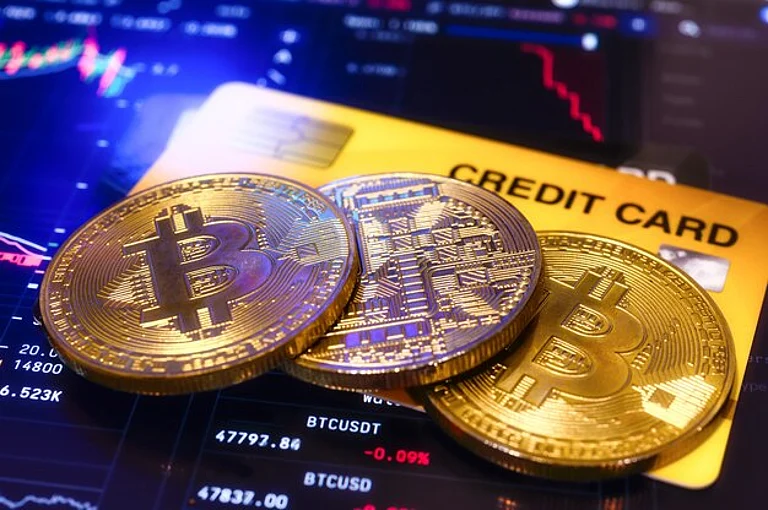Before you can buy, trade, or hold cryptocurrency, you need a secure place to manage it. That place is a crypto wallet. Setting one up might seem technical, but it's a straightforward process. This guide will walk you through the essential steps, from choosing the right type of wallet to securing your assets for the long term. Let's get started.
Understanding What a Crypto Wallet Is
In essence, a crypto wallet is simply a software tool that enables you to interact with blockchain networks. Despite the name, crypto wallets do not store cryptocurrencies in the same way a physical wallet stores cash. Rather, they keep the private keys necessary to access and control your crypto holdings on the blockchain.
Each wallet consists of two basic components: a public key and a private key. The public key is your address which other people can use to send you cryptocurrency. The private key is your password, an important bit of information that authenticates ownership and grants you authority to spend or transfer the funds. Anyone who knows your private key can manipulate your coins, so keeping it safe is crucial.
Step 1: Choose Your Wallet Type (Hot vs. Cold)
Your first decision is whether you need a "hot" wallet for frequent use or a "cold" wallet for maximum security.
Hot Wallets: These are software wallets connected to the internet (mobile apps, browser extensions). They are best for small amounts and daily transactions.
Cold Wallets: These are offline physical devices (hardware wallets) that store your keys. They are the gold standard for securing large amounts and long-term investments.
Use this simple table to decide:
| Feature | Hot Wallet | Cold Wallet |
| Best For | Daily Use, Small Amounts | Long-Term Storage |
| Convenience | High | Low |
| Security | Good (Online) | Highest (Offline) |
| Cost | Usually Free | Requires Purchase ($60+) |
Step 2: Install and Create Your Wallet
Based on your choice, follow the appropriate path below.
A) For a Hot Wallet (e.g., MetaMask, Trust Wallet):
Download the Official App: Go to the official website and download the application or browser extension. Double-check the URL to avoid scams.
Create a New Wallet: Open the app and select the option to "Create a new wallet."
Set a Strong Password: This password protects the app on your device.
B) For a Cold Wallet (e.g., Ledger, Trezor):
Purchase from the Official Source: Only buy hardware wallets directly from the manufacturer's website to ensure the device has not been tampered with.
Install the Companion App: Plug the device into your computer and follow the on-screen instructions to download the official software (e.g., Ledger Live).
Initialize the Device: The software will guide you through setting up the hardware wallet and creating a PIN code on the device itself.
Step 3: CRITICAL - Back Up Your Recovery Phrase
This is the most important step. Your wallet will now show you a 12 or 24-word "recovery phrase" or "seed phrase." This is the master key to all your crypto.
Do's and Don'ts for Your Recovery Phrase:
DO: Write the words down on paper, in the correct order.
DO: Store this piece of paper in a secure, private, and preferably fireproof location.
DO NOT: Store it as a screenshot, photo, or text file on your computer or phone.
DO NOT: Save it in your email, cloud storage, or a password manager.
DO NOT: Ever share it with anyone, including support staff.
Your wallet will ask you to confirm the phrase. Once confirmed, your wallet is set up.
Step 4: Fund Your Wallet
Your wallet is now ready to receive crypto.
Find Your Public Address: Inside your wallet, find the "Receive" button. This will show you your public address, which is a long string of characters (often with a QR code). This is like your bank account number.
Send a Small Test Transaction: Before sending a large amount, send a small amount of crypto from your exchange (or another wallet) to your new wallet's public address.
Confirm the Transaction: Wait for the transaction to be confirmed on the blockchain. Once the small amount appears in your new wallet, Final Security Checklist Before You FinishBefore you consider your setup complete, run through this final checklist:Did I download the wallet from the official website?Is my recovery phrase written down and stored securely offline?Is my recovery phrase stored NOWHERE digitally?Have I set a strong, unique password for the wallet app?Did I successfully complete a small test transaction?If you can check all these boxes, you have successfully and securely set up your new crypto wallet.
you know it's safe to send larger sums.
Final Security Checklist Before You Finish
Before you consider your setup complete, run through this final checklist:
Did I download the wallet from the official website?
Is my recovery phrase written down and stored securely offline?
Is my recovery phrase stored NOWHERE digitally?
Have I set a strong, unique password for the wallet app?
Did I successfully complete a small test transaction?
If you can check all these boxes, you have successfully and securely set up your new crypto wallet.
Keeping Your Wallet Secure
Security is a continuous effort. Having your wallet software regularly updated, strong passwords, two-factor authentication where it exists, and not visiting suspicious links are all good practices. Also, looking at your transaction history and wallet activity regularly will be able to identify unusual behavior early on.
Shun using public Wi-Fi when handling your wallet, particularly on hot wallets. Most cyber attackers look to compromise unsecured networks to steal data. For hardware wallets, always update your firmware and purchase only directly from official sources to prevent tampered machines.
Final Thoughts
Creating a crypto wallet might seem like technical jargon at first, but it's actually an essential step into the decentralized universe of blockchain. Whether you're trading, investing, or dipping your toes into decentralized applications, your wallet is your key. Learning about wallets, protecting your private keys, and maintaining good digital health gives you ownership over your financial sovereignty.

























